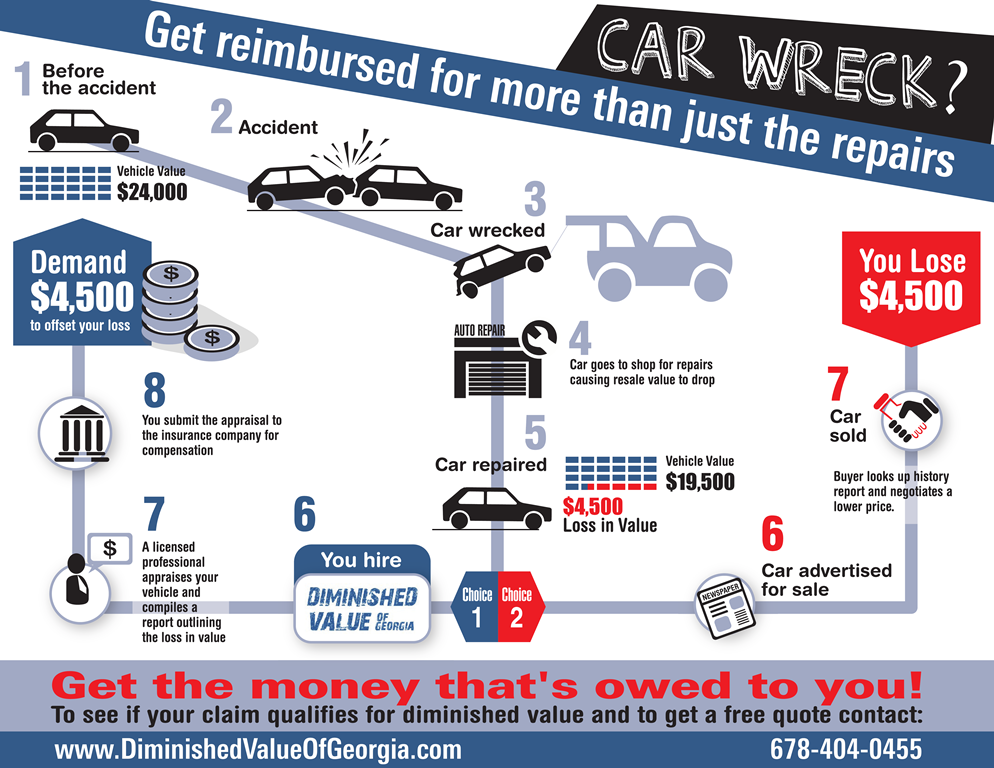Decoding Your Car'S Warning Indicators: What They Really Indicate
Decoding Your Car'S Warning Indicators: What They Really Indicate
Blog Article
Post By-Sykes Kejser
When you're behind the wheel, those beautiful warning lights on your control panel can be a bit complicated. Do you know what they're attempting to tell you regarding your car's wellness? Recognizing the significance of these lights is crucial for your security and the longevity of your automobile. So, the following time among those lights pops up, wouldn't you intend to analyze its message properly and take the needed steps to address it?
Common Caution Lights and Interpretations
Determine common caution lights in your car and recognize their meanings to make sure secure driving.
One of the most normal caution lights consist of the check engine light, which indicates problems with the engine or exhausts system. If this light comes on, it's vital to have your automobile checked immediately.
The oil pressure warning light indicates reduced oil stress, needing instant interest to prevent engine damages.
A blinking battery light may recommend a faulty billing system, possibly leaving you stranded otherwise dealt with.
The tire stress tracking system (TPMS) light alerts you to reduced tire stress, affecting automobile stability and gas effectiveness. Disregarding this could lead to risky driving conditions.
The abdominal light shows an issue with the anti-lock stopping system, jeopardizing your capacity to quit rapidly in emergency situations.
Finally, the coolant temperature warning light warns of engine getting too hot, which can result in serious damage otherwise dealt with swiftly.
Comprehending these common caution lights will certainly assist you address issues promptly and preserve secure driving problems.
Relevance of Prompt Interest
Recognizing the typical caution lights in your automobile is only the first step; the relevance of quickly attending to these cautions can't be stressed sufficient to ensure your security when traveling.
When cardetailer,pakuranga brightens on your dashboard, it's your car's method of communicating a potential problem that needs focus. Disregarding these warnings can cause extra serious troubles later on, jeopardizing your safety and security and potentially costing you more in repairs.
Prompt interest to alerting lights can protect against breakdowns and mishaps. As an example, a flashing check engine light can indicate a misfire that, if left neglected, can trigger damage to the catalytic converter. Resolving this quickly can save you from a pricey repair.
Likewise, a brake system warning light might signify reduced brake fluid or worn brake pads, important elements for your security when driving.
DIY Troubleshooting Tips
If you notice a caution light on your dashboard, there are a couple of do it yourself repairing tips you can attempt before seeking specialist aid.
The very first step is to consult your auto's guidebook to understand what the certain caution light indicates. In https://oilchangeplacesnearme61605.slypage.com/32649427/eco-friendly-automobile-describing-products-you-ought-to-try can be as basic as a loosened gas cap triggering the check engine light. Tightening up the gas cap might settle the trouble.
One more usual issue is a reduced battery, which can activate different advising lights. Checking the battery links for rust and ensuring they're secure could fix the problem.
If a warning light lingers, you can try resetting it by separating the car's battery for a few minutes and after that reconnecting it. Additionally, checking your lorry's liquid degrees, such as oil, coolant, and brake liquid, can assist fix alerting lights connected to these systems.
Conclusion
In conclusion, understanding your cars and truck's warning lights is essential for maintaining your automobile running smoothly and securely. By quickly addressing https://www.gobankingrates.com/saving-money/car/delayed-car-repairs-costing-you-1193/ and understanding what they imply, you can avoid costly repair work and prospective failures.
Keep in mind to consult your auto's handbook for particular information on each alerting light and act accordingly to guarantee a trouble-free driving experience.
Keep educated, stay secure on the road!
